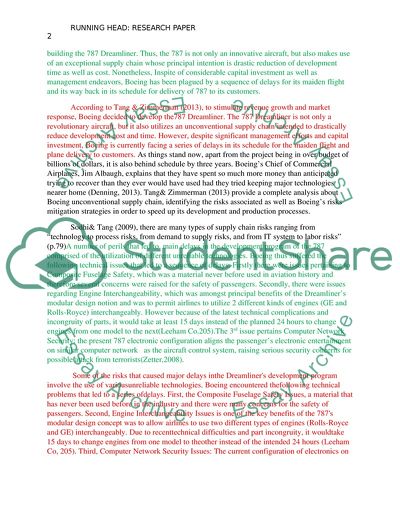Cite this document
(Information Systems Management: Boeing 787 Case Study Example | Topics and Well Written Essays - 3250 words, n.d.)
Information Systems Management: Boeing 787 Case Study Example | Topics and Well Written Essays - 3250 words. https://studentshare.org/information-technology/1837918-information-systems-management
Information Systems Management: Boeing 787 Case Study Example | Topics and Well Written Essays - 3250 words. https://studentshare.org/information-technology/1837918-information-systems-management
(Information Systems Management: Boeing 787 Case Study Example | Topics and Well Written Essays - 3250 Words)
Information Systems Management: Boeing 787 Case Study Example | Topics and Well Written Essays - 3250 Words. https://studentshare.org/information-technology/1837918-information-systems-management.
Information Systems Management: Boeing 787 Case Study Example | Topics and Well Written Essays - 3250 Words. https://studentshare.org/information-technology/1837918-information-systems-management.
“Information Systems Management: Boeing 787 Case Study Example | Topics and Well Written Essays - 3250 Words”. https://studentshare.org/information-technology/1837918-information-systems-management.


